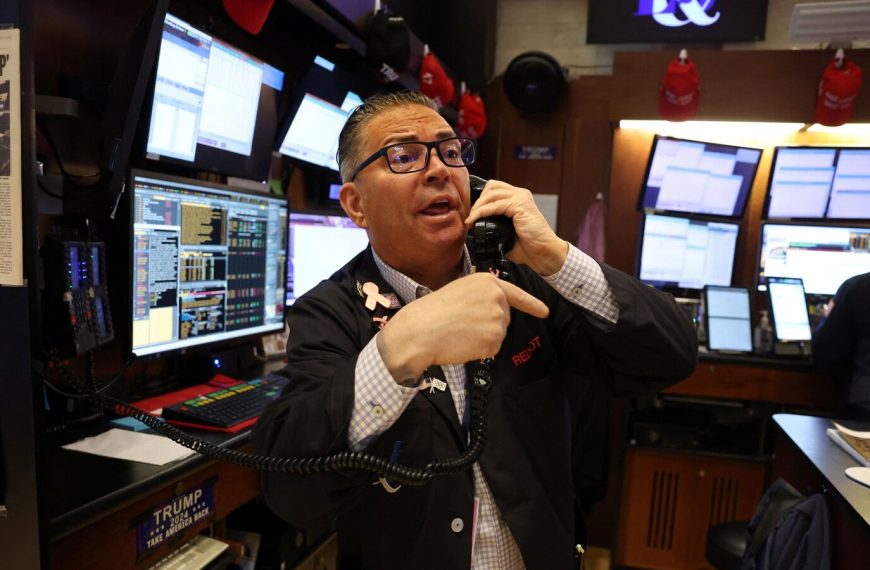On May 12, the Indian stock market experienced a remarkable surge, with the Sensex and Nifty 50 indices both soaring over 3.5%. This notable uptick marks the largest single-day gain in more than four years, adding a staggering ₹16 lakh crore to the wealth of investors. As a result, India’s overall market capitalization has climbed back to the impressive $5 trillion threshold. This momentum coincided with a significant truce between the U.S. and China, alongside a ceasefire between India and Pakistan.
The Challenge of Market Timing
Radhika Gupta, the CEO of Edelweiss Mutual Fund, took to social media platform X to address the complexities of timing the stock market. She emphasized the importance of consistent investment and patience, stating that moments like today contribute significantly to annual returns. Gupta remarked, “While there are those who advocate for cash calls, days like this illustrate just how tricky market timing can be for both individual investors and fund managers. A substantial portion of annual profits stems from a few pivotal days, which are notoriously difficult to forecast.”
The Case for Staying Invested
Gupta’s advice is to embrace long-term strategies rather than trying to time the market. She highlighted that amid global uncertainties, including trade wars and geopolitical tensions, those who remained invested in the Indian stock market have reaped substantial rewards.
- Key Points:
- Staying invested can yield better returns.
- Major market movements are often unpredictable.
- The Indian stock market has shown resilience despite challenges.
Risks of Market Timing
Investment expert Gurmeet Chadha from Complete Circle supported Gupta’s perspective, presenting a striking analysis: missing just the 10 best days in the market can lead to a 50% decrease in returns over a 20-year span. Furthermore, he cautioned that skipping the best 15 days could reduce returns by up to 65%. He pointed out that many investors falter not at the exit point but during the re-entry stage, a crucial aspect of timing the market.
Long-Term Growth
Over the past decade, the Nifty 50 has demonstrated robust performance, achieving a compounded annual growth rate (CAGR) of 11.7%. This trend underscores the advantages of long-term investing strategies, with a remarkable 22% CAGR over the last five years.
In conclusion, Gupta’s insights remind investors that the road to wealth in the stock market is paved with patience and long-term commitment. Opting to stay the course, especially during turbulent market conditions, can ultimately lead to rewarding outcomes.










